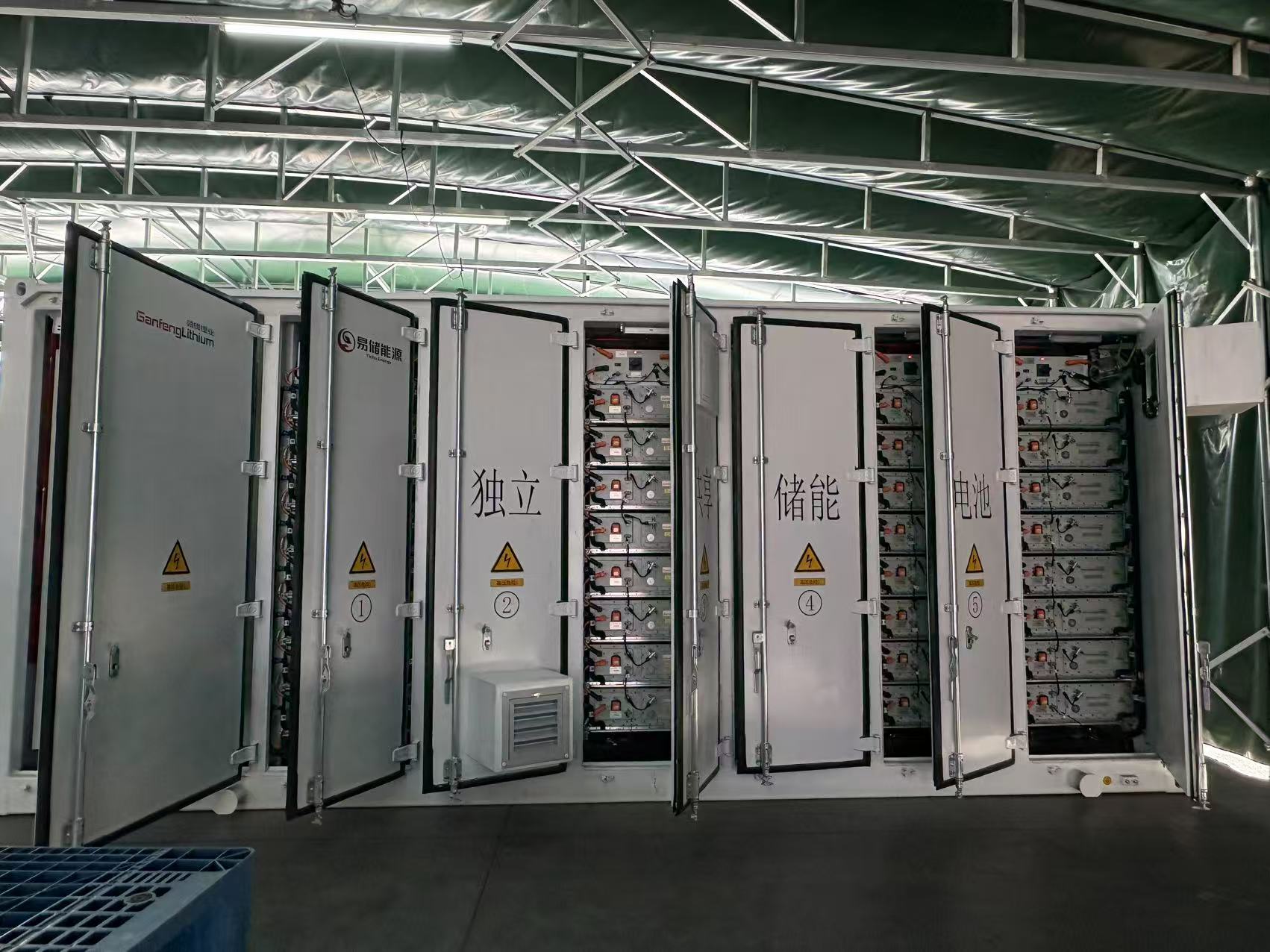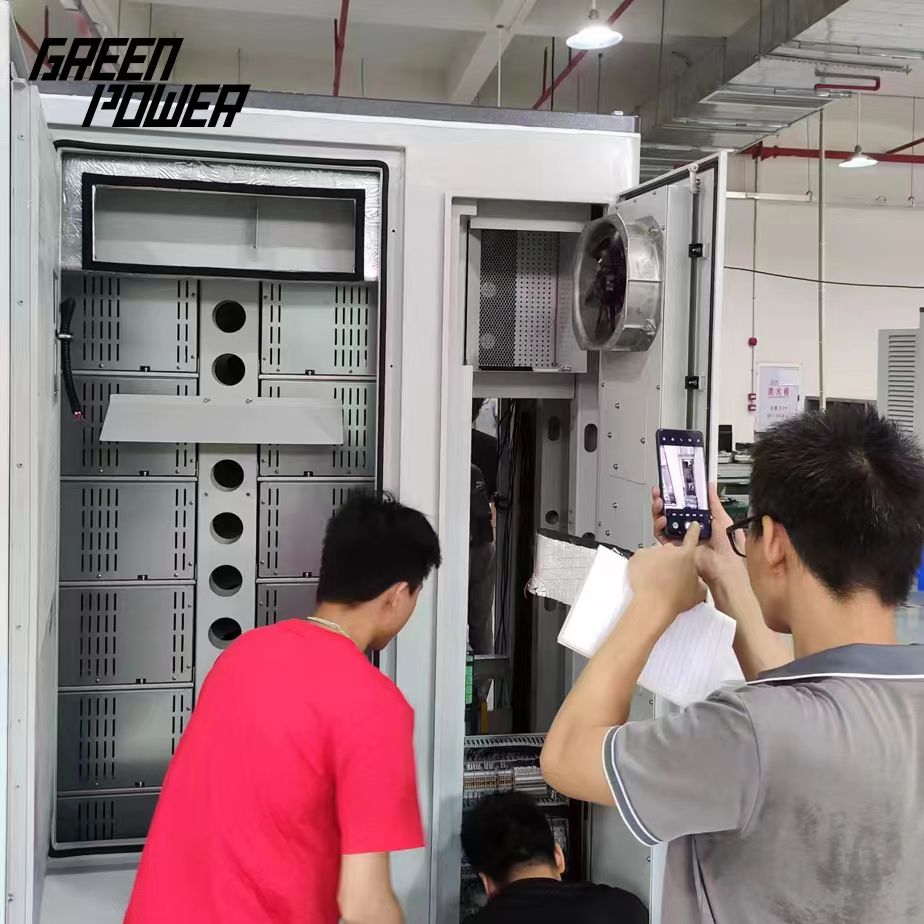The global demand for energy is growing, and environmental issues are becoming increasingly prominent, so the development and utilization of renewable energy have become important research directions in the energy sector. Photovoltaic energy storage systems, as an effective solution to energy problems, are indeed crucial in addressing energy shortages and environmental pollution.
In this article, we present a design approach for a photovoltaic energy storage system based on embedded technology. Simply put, it involves selecting appropriate hardware such as embedded processors, sensors, and power converters, along with optimized software algorithms, to achieve efficient energy management. Experimental results show that this system performs well in terms of energy conversion efficiency, stability, and reliability. Moreover, through cost control measures, the system cost has also been reduced. Therefore, this research not only provides some useful references for the practical application and technological development of photovoltaic energy storage systems but also is quite significant for promoting the application of embedded technology in the energy field.

2.1 Theoretical Basis of Photovoltaic Energy Storage Systems
Photovoltaic cells are the core of photovoltaic power generation systems, and their operation relies on the photovoltaic effect. When sunlight hits the surface of the cell, the photon energy is absorbed, which excites electrons in the semiconductor, thereby generating an electric current. This process can directly convert solar energy into electrical energy, which is clean and sustainable—quite a good thing. However, the amount of electricity generated by photovoltaic cells is greatly affected by environmental factors such as light intensity and temperature, fluctuating significantly and being rather unstable.
To solve this problem, adding an energy storage battery is crucial. Energy storage batteries can shift electrical energy in time through charging and discharging, which can stabilize the output power of photovoltaics and make the system operate more stably and reliably. Currently, commonly used energy storage batteries include lithium-ion batteries, lead-acid batteries, and sodium-sulfur batteries. Lithium-ion batteries have high energy density and a long service life, so they are widely used in distributed energy storage, but they are a bit expensive. Lead-acid batteries are cheap and widely used, but they have low energy density and cannot be used for a very long time.
Selection of Embedded Processors
Embedded processors are the control core of photovoltaic energy storage systems, and their performance directly affects the operating efficiency and reliability of the system. Currently, the mainstream ones are ARM Cortex series, DSP (Digital Signal Processors), and FPGA (Field-Programmable Gate Arrays). The ARM Cortex series has low power consumption and high integration, making it suitable for scenarios with high real-time requirements. DSPs are good at quickly processing complex algorithms and are often used in systems that require high-precision calculations. FPGAs are very flexible, capable of parallel computing, and suitable for tasks with extremely high requirements for data processing speed.
Considering the needs of our system, and after comprehensively evaluating performance, cost, and development difficulty, we finally chose the ARM Cortex-M4 as the core processor. It has good computing power, plenty of peripheral interfaces, and supports floating-point operations, which is completely sufficient for processing the real-time calculations of the Maximum Power Point Tracking (MPPT) algorithm and energy management strategies.
Sensor Selection and Connection
Sensors play a significant role in photovoltaic energy storage systems. They mainly collect data on environmental parameters and system operating status, providing a reference for embedded processors to make decisions. Our system uses several types of sensors: a light sensor to measure ambient light intensity, providing data for the MPPT algorithm; voltage and current sensors to monitor the output voltage and current of the photovoltaic array, as well as the charging and discharging status of the energy storage system; and a temperature sensor to keep a real-time eye on the temperature of key components of the system, preventing performance degradation or malfunctions caused by overheating.

Power Converter Design
Power converters are also key components. Their main function is to convert the direct current output by the photovoltaic array into alternating current suitable for loads, while controlling the charging and discharging of the energy storage system. According to the system requirements, we designed a structure consisting of a bidirectional DC-DC converter and a single-phase full-bridge inverter. The bidirectional DC-DC converter is responsible for regulating the energy flow between the photovoltaic array and the energy storage system. It operates based on PWM (Pulse Width Modulation) technology, achieving bidirectional energy transmission by controlling the on-off state of IGBT switches.
Program Algorithm Implementation
The quality of program algorithm design is directly related to the efficient operation of photovoltaic energy storage systems, among which the Maximum Power Point Tracking (MPPT) algorithm and energy management algorithm are the core. The goal of the MPPT algorithm is to keep the photovoltaic array working at the maximum power point, thereby improving energy utilization efficiency. We used the Perturb and Observe (P&O) method to implement the MPPT function. The principle is actually not complicated: by regularly adjusting the operating voltage of the photovoltaic array and observing how the output power changes, we can find where the maximum power point is.
---
If you're interested in learning more about our solar energy storage offerings, we encourage you to explore our product line. We offer a range of panels and battery that are designed for various applications and budgets, so you're sure to find the right solution for your needs.
Website:www.fgreenpv.com
Email:Info@fgreenpv.com
WhatsApp:+86 17311228539
Post time: Jul-31-2025











